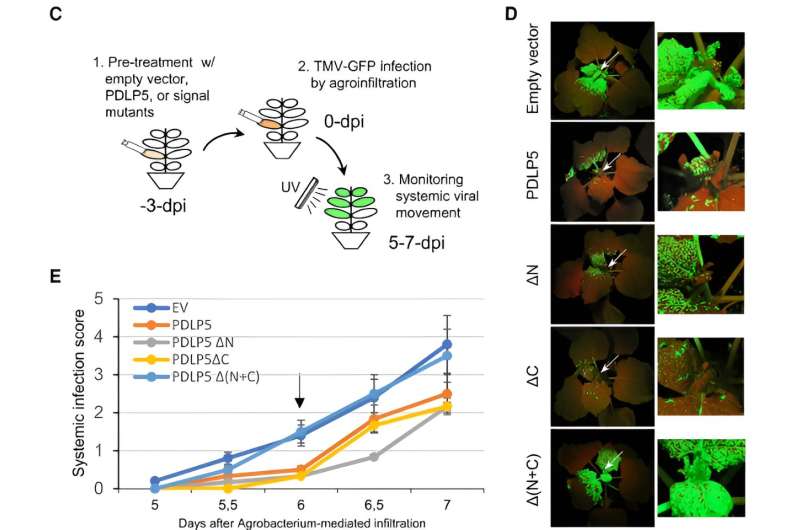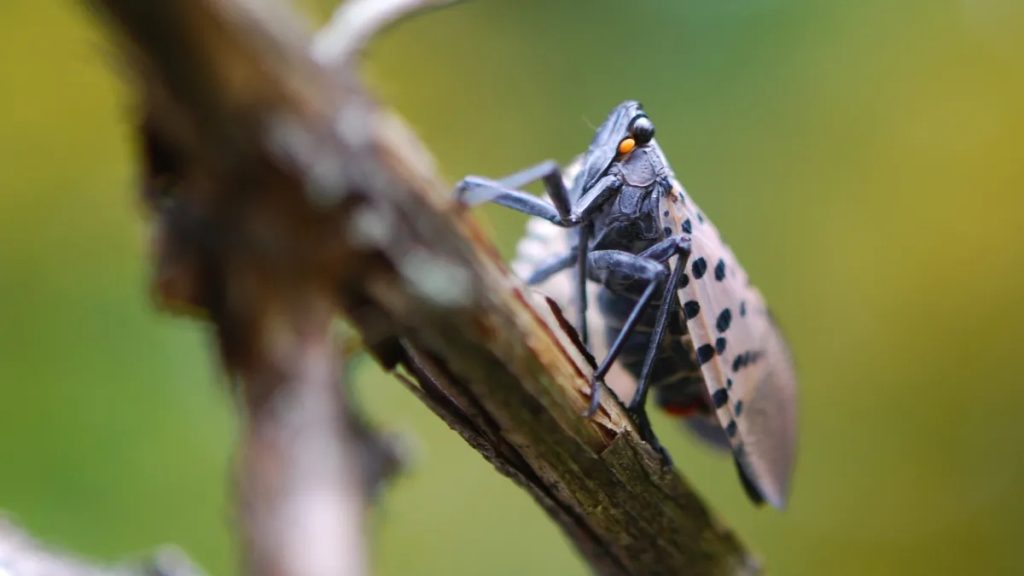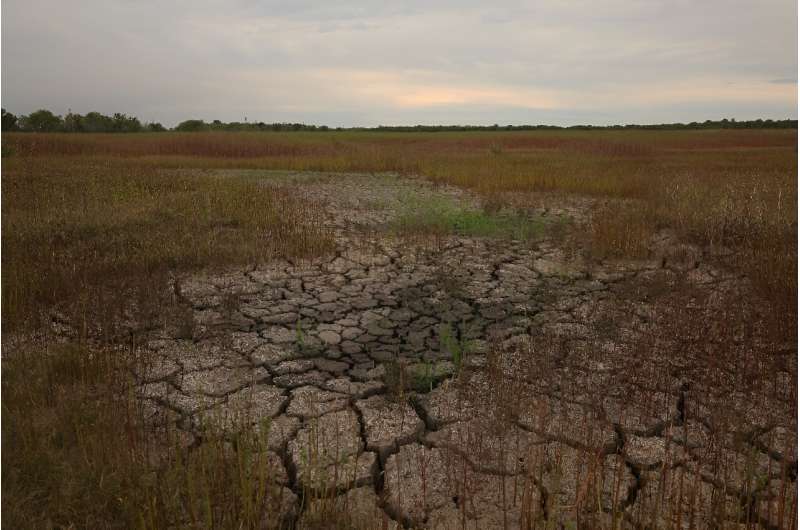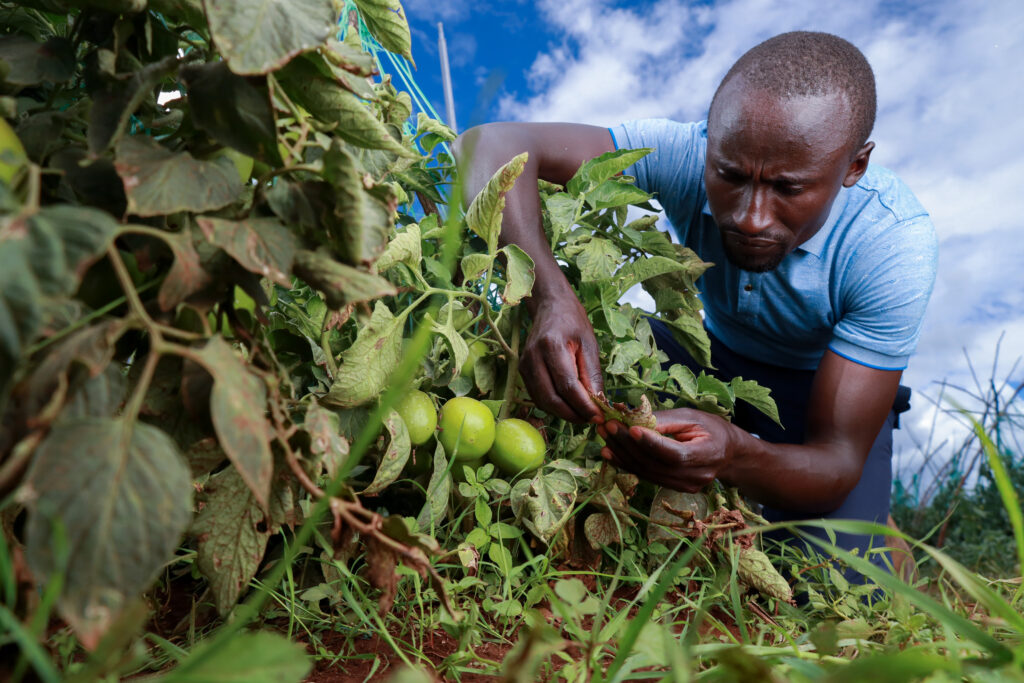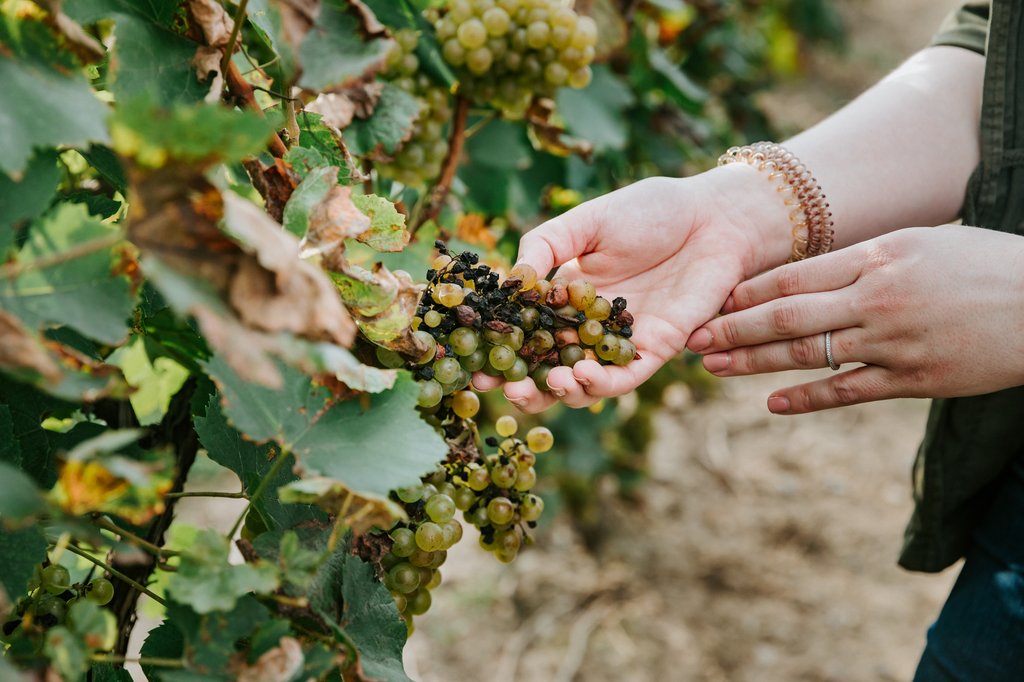
Bacteria can enhance host insect’s fertility
[ad_1]
Home / 2023 / October / Bacteria can enhance host insect’s fertility with implications for disease control
October 24, 2023
By Emily Cerf
SHARE THIS STORY:TwitterFacebookLinkedInReddit

Mosquitoes and other insects can carry human diseases such as dengue and Zika virus, but when those insects are infected with certain strains of the bacteria Wolbachia, this bacteria reduces levels of disease in their hosts. Humans currently take advantage of this to control harmful virus populations across the world.
New research led at UC Santa Cruz reveals how the bacteria strain Wolbachia pipientis also enhances the fertility of the insects it infects, an insight that could help scientists increase the populations of mosquitoes that do not carry human disease.
“With insect population replacement approaches, they keep all the mosquitos and just add Wolbachia so that fewer viruses are carried in those mosquitoes and transmitted to humans when they bite them — and it’s working really, really well,” said Shelbi Russell, an assistant professor of biomolecular engineering at UCSC who led this research. “If there is some fertility benefit of Wolbachia that could evolve over time, then we could use that to select for higher rates of mosquitos that suppress our viral transmission.”
These results were detailed in a new paper led by Russell, published today in the journal PLOS Biology. UCSC Professor of Molecular, Cell, and Developmental Biology William Sullivan is the paper’s senior author.
Humans and Wolbachia
Different strains of Wolbachia bacteria naturally infect a number of different animals worldwide, such as mosquitos, butterflies, and fruit flies. Once they infect an insect, the bacteria are able to manipulate the reproduction and development of their host to increase their own population. Humans take advantage of this to control the population size of insects that carry diseases that threaten us.
Wolbachia have developed a mechanism to poison the sperm of infected males so that if the male mates with an uninfected female, most of the potential offspring die at the very first cell division, and the rest are lost soon after. Humans have taken advantage of this to kill off insect populations.
However, research shows that later down the line once they have killed off as many uninfected hosts as possible, Wolbachia switch their evolutionary strategy to increase population levels of infected hosts. Understanding how this happens is important for avoiding unexpected consequences of human efforts to control insect populations.
“We need to understand all of these factors and their evolutionary potential if we’re going to be releasing bacteria into new ecosystems,” Russell said. “They’re evolving in real time, so we need to understand where these trajectories are going.”
Beyond disease prevention, controlling insect populations and range via bacteria could be an effective mechanism for crop security in the face of the changing climate.
Understanding increased fertility
The new results show that Wolbachia pipientis, which is native to fruit flies, has evolved to increase the fertility, and therefore the population size, of its fruit fly host. Previous research has found that the Wolbachia pipientis achieves this by manipulating a protein in fruit flies called Meiotic-P26 that affects fertility, but how exactly this happens was unclear.
To investigate, Russell and her colleagues bred fruit flies with various defects affecting Mei-P26, which caused them to have reduced fertility. These defects occasionally occur naturally in the wild, but are hard to track in that setting. The researchers then examined what happened when they infected the flies with Wolbachia pipientis.
They found that Wolbachia infection restored the fruit fly’s fertility, enabling them to produce even more offspring than uninfected flies. The researchers found that Wolbachia can essentially undo gene defects in their host that would otherwise cause the population to go extinct. The Wolbachia rescue their host population through several strategies, including restoring fruit fly stem cells and ensuring that egg cells properly develop.
In further experiments, the researchers also found that, beyond rescuing fruit flies with defects, the Wolbachia pipientis infection also enhances the health and fertility of fruit flies without defects, resulting in higher egg lay and hatch rates for those insects.
Wolbachia in the lab
Russell focuses on Wolbachia because it and its fruit fly hosts are relatively easy to keep alive and reproduce in the lab. Oftentimes when scientists study bacteria, their efforts are hindered because either the host, the bacteria, or both are difficult to keep alive in the lab setting — even research into common bacteria important to humans such as Chlamydia are slowed by this problem. Wolbachia and their fruit fly hosts offer a rare opportunity to understand how bacteria can change the DNA and biological processes of their host.
“Through studying this system, I can learn a lot about how these weird bacteria work and how they integrate with host biology,” Russell said. “Bacteria are able to hop into these eukaryotes and leverage some of those mechanisms that their ancestors didn’t even contain the genes for. It’s a really fascinating thing in general, and it’s cool that we can leverage this for biological control applications.”
Russell and her lab will continue to hone in on the specific changes that occur in the genomes and gene expression of host species, and look at the fertility benefits that Wolbachia may bring to their hosts in other insect populations.
Russell led this research primarily during her time as a postdoctoral scholar in Sullivan’s lab, where she was supported by the UC Santa Cruz Chancellor’s Postdoctoral Fellowship and funding from the National Institutes of Health.
[ad_2]


